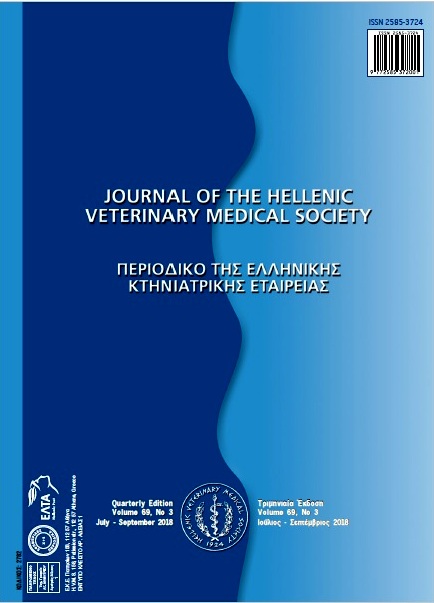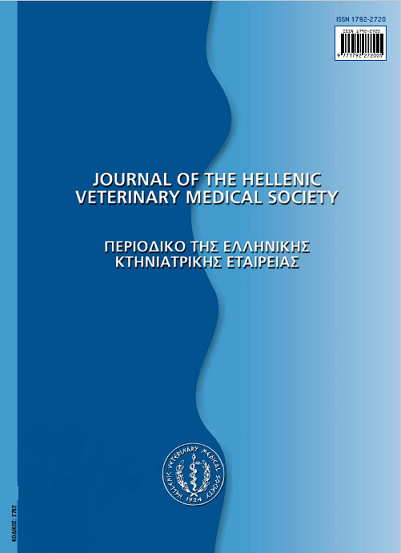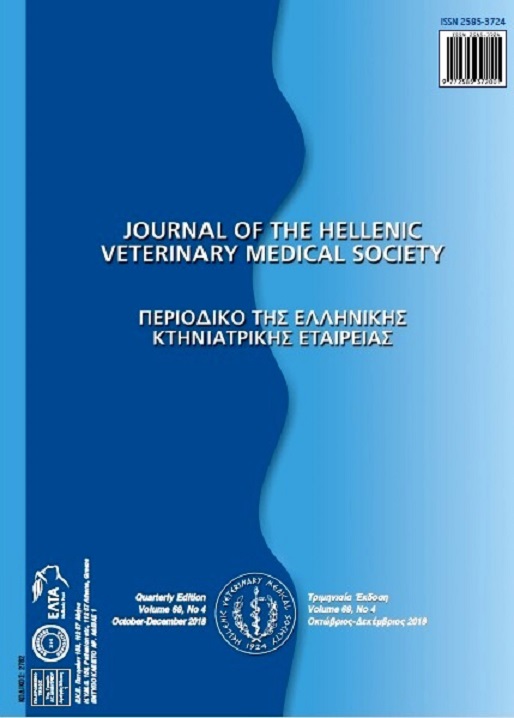L-lysine determination in animal feed using microbiological microtiter plate assay
Résumé
Chromatographic methods are most commonly used for the analysis of amino acids; however, there is growing need for faster, simpler and more price-effective assays. In this paper, the applicability of a rapid microbiological assay for quantification of the total content of L-lysine in feed samples was evaluated. The assay relies on the dependency of bacterial growth of Pediococcus acidilactici on the presence of L-lysine. Microbiological microtiter plate assay method for the quantitative determination of total (added and natural) L-lysine in feed samples has been verified, and parameters such as accuracy, precision, limit of detection, and limit of determination were evaluated. Results of total L-lysine determination in different feed samples have been compared with results of validated HPLC method. The microbiological microtiter plate assay method can be employed as a qualitative and quantification method for total L-lysine determination with detection and determination limit of 0.040 % and 0.085 %, respectively. However, further research on the influence of sample matrix on the determination of low lysine levels is required.
Article Details
- Comment citer
-
JAKŠIĆ, S., JAJIĆ, I., KRSTOVIĆ, S., & MIHALJEV, Ž. (2018). L-lysine determination in animal feed using microbiological microtiter plate assay. Journal of the Hellenic Veterinary Medical Society, 69(3), 1094–1100. https://doi.org/10.12681/jhvms.18881
- Numéro
- Vol. 69 No 3 (2018)
- Rubrique
- Research Articles

Ce travail est disponible sous licence Creative Commons Attribution - Pas d’Utilisation Commerciale 4.0 International.
Authors who publish with this journal agree to the following terms:
· Authors retain copyright and grant the journal right of first publication with the work simultaneously licensed under a Creative Commons Attribution Non-Commercial License that allows others to share the work with an acknowledgement of the work's authorship and initial publication in this journal.
· Authors are able to enter into separate, additional contractual arrangements for the non-exclusive distribution of the journal's published version of the work (e.g. post it to an institutional repository or publish it in a book), with an acknowledgement of its initial publication in this journal.
· Authors are permitted and encouraged to post their work online (preferably in institutional repositories or on their website) prior to and during the submission process, as it can lead to productive exchanges, as well as earlier and greater citation of published work.





